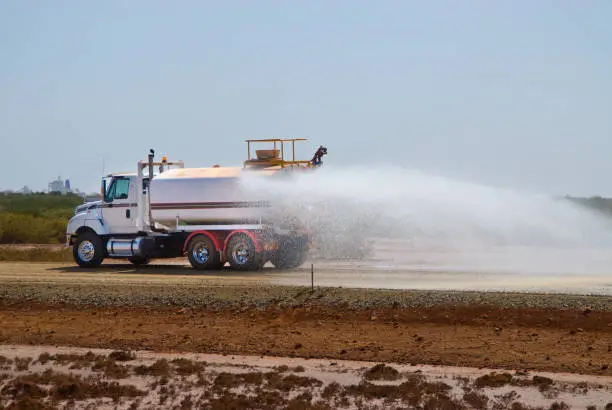Selecting the appropriate water supply tanker capacity is crucial for meeting community water needs efficiently and cost-effectively. Understanding different capacity options, their applications, and operational considerations helps organizations make informed decisions when investing in water distribution infrastructure.
Understanding Capacity Classifications
Water supply tanker vehicles are typically classified into several capacity ranges, each designed for specific applications and operational requirements. Small-capacity water supply tanker units, ranging from 1,000 to 5,000 liters, are ideal for residential deliveries, small communities, and emergency response situations where maneuverability and quick deployment are essential.
Medium-capacity water supply tanker systems, holding between 5,000 and 15,000 liters, serve as workhorses for municipal water distribution, construction sites, and medium-sized communities. These units balance storage capacity with operational flexibility, making them versatile choices for various applications.
Large-capacity water supply tanker vehicles, with capacities exceeding 15,000 liters, are designed for industrial applications, large community supply, and major emergency response operations. Some specialized water supply tanker units can carry up to 50,000 liters, though these require specialized transportation permits and infrastructure.
Factors Influencing Capacity Selection
Several critical factors determine the optimal water supply tanker capacity for specific applications. Daily water consumption requirements form the foundation of capacity planning, with residential areas typically requiring 100-200 liters per person per day, while industrial applications may demand significantly higher volumes.
Geographic considerations play a vital role in water
capacity selection. Remote areas with limited road access may require smaller, more maneuverable units, while urban areas with good infrastructure can accommodate larger capacity vehicles. Transportation regulations and weight restrictions also influence capacity choices, as fully loaded water supply tanker vehicles must comply with local road weight limits.
Operational frequency affects capacity decisions significantly. Areas requiring multiple daily deliveries may benefit from larger water supply tanker units to reduce trip frequency and operational costs. Conversely, locations with sporadic water needs might find smaller capacity units more economical.
Capacity Optimization Strategies
Effective water supply tanker capacity optimization involves balancing storage volume with operational efficiency. Multiple smaller units often provide greater flexibility than single large-capacity vehicles, allowing for simultaneous service to different locations and reduced service interruption during maintenance.
Modular water supply tanker systems offer scalable capacity solutions, enabling organizations to adjust capacity based on seasonal demands or changing community needs. These systems can combine multiple tank modules on a single chassis or deploy separate units as needed.
Load distribution considerations are crucial for water supply tanker capacity planning. Proper weight distribution ensures vehicle stability and road safety while maximizing payload capacity. Advanced tank designs incorporate baffles and compartmentalization to minimize water movement during transport.
Specialized Capacity Configurations
Some applications require specialized water supply tanker capacity configurations beyond standard designs. Multi-compartment water supply tanker units can carry different water types or qualities simultaneously, useful for industrial applications or emergency response scenarios requiring both potable and non-potable water supplies.
Temperature-controlled water supply tanker systems maintain specific water temperatures during transport, essential for certain industrial processes or medical applications. These specialized units may sacrifice some capacity for insulation and temperature control equipment.
Expandable capacity water supply tanker designs incorporate collapsible storage systems that can increase capacity when needed while maintaining compact dimensions for transportation and storage. These innovative designs maximize operational flexibility for organizations with varying capacity requirements.
Economic Considerations
Capacity selection significantly impacts the economic viability of water supply tanker operations. Larger capacity units typically offer better cost-per-liter economics for transportation but require higher initial investments and ongoing operational costs. Fuel consumption, maintenance requirements, and driver wages all scale with vehicle size and capacity.
Return on investment calculations should consider not only initial water supply tanker costs but also operational efficiency, service reliability, and community impact. Properly sized capacity ensures optimal resource utilization while meeting service objectives.
Future Capacity Trends
Emerging trends in water supply tanker capacity design focus on modularity, efficiency, and adaptability. Smart capacity management systems use sensors and analytics to optimize loading and delivery schedules, maximizing capacity utilization while minimizing operational costs.
Lightweight materials and advanced engineering techniques enable higher capacity-to-weight ratios in modern water supply tanker designs, allowing for increased payload without exceeding transportation limits. These innovations expand capacity options while maintaining operational flexibility.
The water supply tanker industry continues evolving to meet diverse capacity requirements, ensuring communities worldwide have access to reliable, appropriately scaled water distribution solutions.
